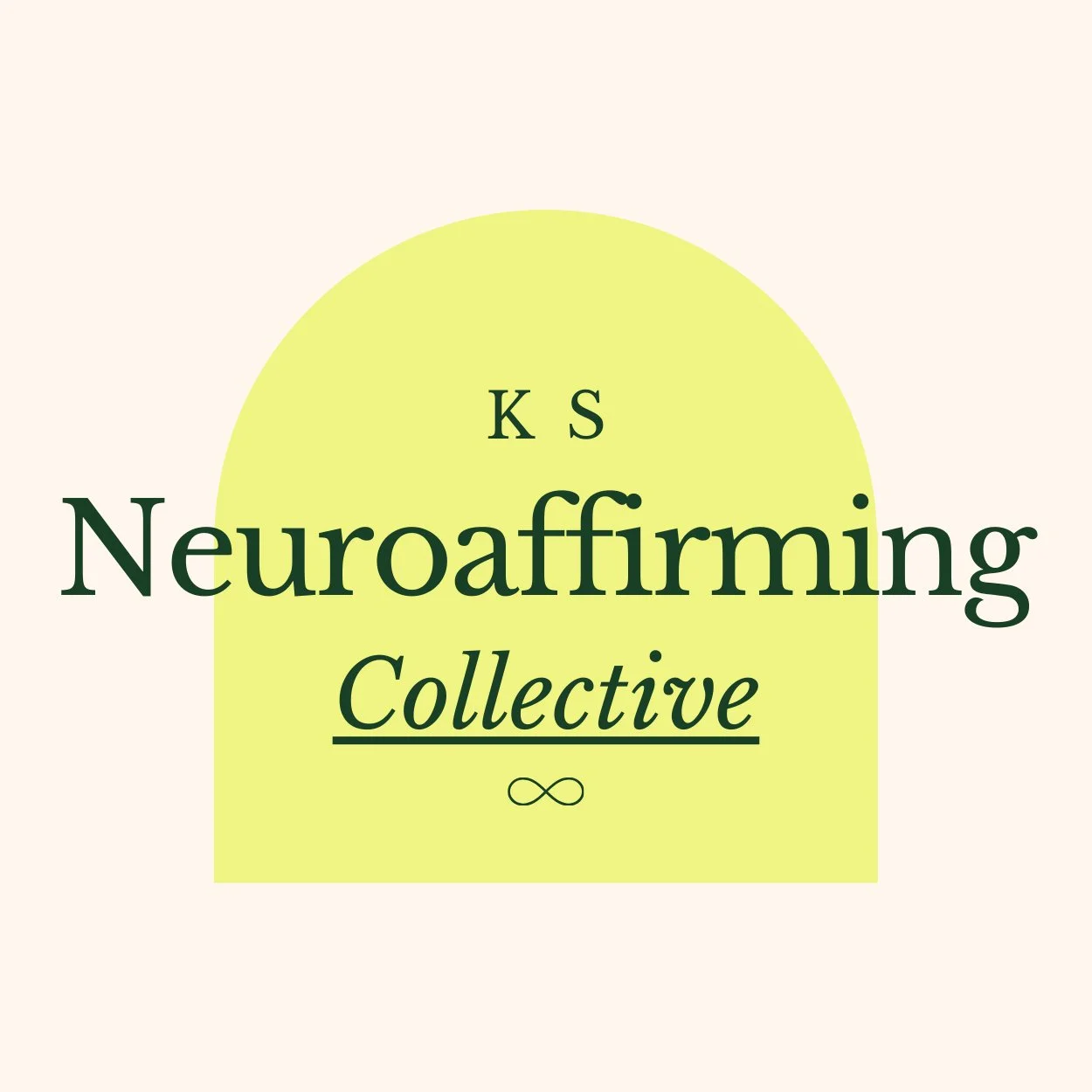Calming Strategies.
-
Breathe
As slowly and deeply as possible, making your exhale longer than your inhale.
For techniques that combine breathing and movement, watch this video
-
Butterfly hug
Increases bilateral stimulation (gets your right and left brain hemispheres communicating and working together to calm your body)
HOW TO DO IT
Rest your arms across your chest, joining your thumbs or just resting your hands near your shoulders/along your collarbones
Gently tap your hands against your body, alternating hands for the taps
After about 8 slow taps, or whatever feels comfortable, stop to take a deep breath (exhale longer than inhale), and repeat until you feel your body settle
-
Tapping or Emotional Freedom Technique (EFT)
Pairing an affirmation with tapping acupressure points can be a calming exercise at the beginning or the end of the day, or whenever you’re experiencing an overpowering feeling.
-
Body scan
Starting at the top of your head or at your toes, check in with each region of your body, noticing which feel “tight” or strained. Notice this without judgement, and release tense areas as you can.
-
Place hand on tense area
For example, place hand on stomach if you have “butterflies”
-
Progressive muscle relaxation
Check in with each region of your body, and tighten each of these regions separately for about 15 seconds, and release
-
Connecting with senses
Notice things you see, hear, smell, feel, and taste. Anxiety causes us to “leave” our bodies in order to protect ourselves, and this practice can calm this flight/dissociative response.
-
Extend self-compassion
Recognize that what you are experiencing is happening because your body is trying to protect you. Thank your body, as you can, even if these reactions are not serving you in the moment.
-
“Horse lips”
Often used as a labour technique, “horse lips” can help calm anxiety by loosening the jaw and facial muscles (blow air through loose lips to make a similar sound that horses make)
-
Routine
Create a routine/schedule, especially for times that feel especially anxiety-inducing (e.g., bedtime, school drop-off)
-
“Life boating”
When anticipating an anxiety-inducing event, connect with someone to be your “anchor” as you are in a “lifeboat.” Throughout the day, as possible, connect with this person, or imagine the “tether” that connects you both.
-
Body resourcing
Imagine a part of your body that you see as strong, and borrow strength from it when you feel overwhelmed. For example, if you feel like “practicality” is one of your strengths, you may imagine your hands. You can borrow strength from them, which may allow you to feel that strength throughout your body.
You can take this exercise further by imagining strength coming forth from this part of your body as a colour, and surrounding you like a blanket.
-
Anxiety-reducing and strengths-based mantras
Repeat mantras that resonate with you during anxious times, as well as when you are calm in order to internalize them. Write them where you will see them often. You can also create a manta “meme” - the Canva app is great for this.
-
Posture
The mind affects the body, but the body can affect the mind too. By straightening your back, you tell your mind that you are strong, powerful, and in control
-
Up-regulating
Excitement and terror feel very similar in the body. If possible, turn fear to laughter.
-
Offer compassion towards yourself
Offer compassion towards yourself, even in regards to unwanted behaviour. Our bodies are always acting on our behalf out of self-protection – acknowledging this can be disarming.
-
Fidget toys
-
Do something physical
For example, dance, go for a walk/run, jump rope, yoga
-
Thought record
Record or notice your thoughts, feelings, and physical reactions
-
Weighted blanket
Use a weighted blanket or another weighted object (e.g., weighted lap pad, weighted stuffed animal)
-
“Breathe Like a Bear” by Kira Willey
Breathing exercises from the children’s book “Breathe Like a Bear” by Kira Willey can be helpful for adults too!
-
Somatic calming strategies
In this video, Dr. Peter Levine (trauma specialist) demonstrates some simple strategies to re-connect with your body.
-
Self-Havening
Combining movement, pressure, and humming can calm the nervous system and connect you back with your body.
Watch video here.
-
Collarbone breathing
This breathing technique is particularly calming as crossed arms can increase bilateral stimulation (activating both sides of the brain simultaneously). Further, the contact points and slow breathing help to reduce anxiety and feelings of scatteredness/overwhelm.
See video here
-
Somatic Experiencing SCOPE technique
A five-step process to prevent or come down from overwhelm. Learn the steps here.
